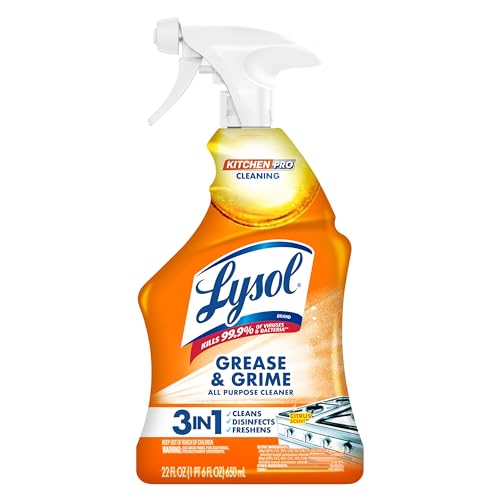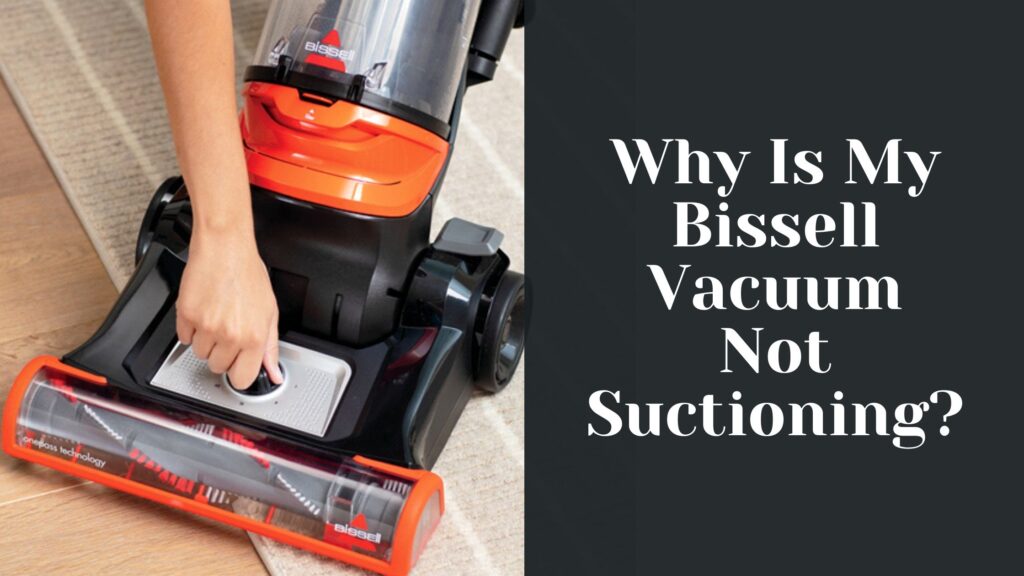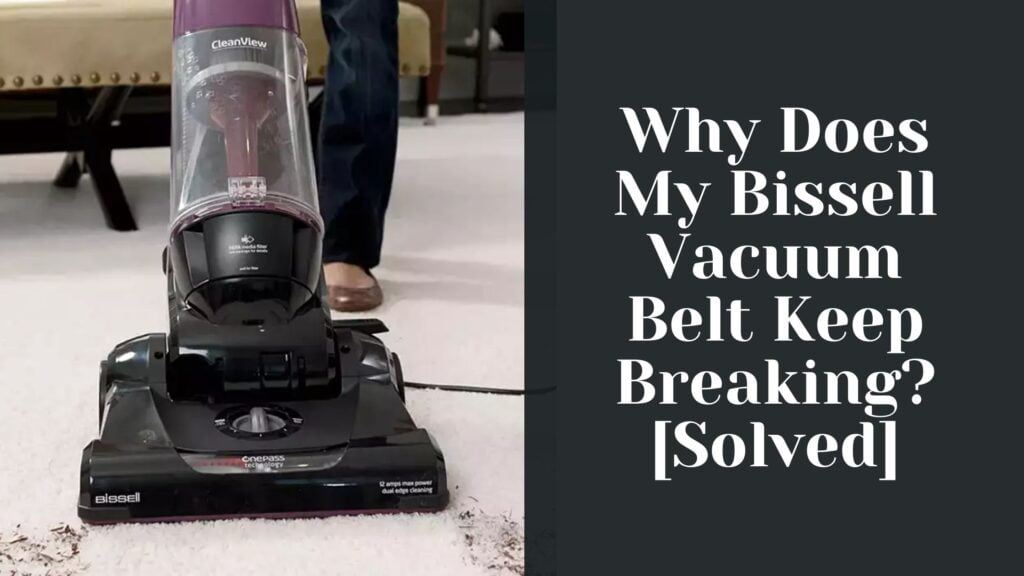Is your home due a renovation job, and you are wondering if you can vacuum plaster dust?
Well, it depends…
You can vacuum plaster dust as long as you use a shop vac. Never use a regular vacuum cleaner, especially one with a HEPA filter, as it will quickly clog and put a strain on the motor. In addition, some plaster dust can get through the filter and make its way to the motor.
Let’s look at the steps to take to vacuum plaster dust with a shop vac and what to do instead if you only own a regular vacuum.
Can You Vacuum Plaster Dust?
If you are only vacuuming a small amount of plaster dust, you may be tempted to use a regular vacuum cleaner.
And if you are lucky, simply washing the filters once you are done will do the trick, and no harm will be done to your vacuum.
However, plaster dust is really thin, so even vacuuming a tiny amount can put your regular vacuum motor at risk.
Therefore, I do not recommend vacuuming plaster dust, especially if your regular vacuum has a HEPA filter, as it will clog even quicker.
Instead, you should vacuum plaster dust using a shop vac, as they are designed to pick up fine particles.
Purchasing a shop vac would be an excellent investment if you regularly deal with plaster dust.
However, if you only have to clean up plaster dust once, read on to see what you can do instead.
What Is The Best Way To Clean Up Plaster Dust?
Firstly, wear a dust mask to protect your lungs from plaster dust particles.
Overexposing yourself to plaster dust can cause chronic lung issues.
If you buy a shop vac, make sure you also purchase a filter designed to pick up fine dust.
Also, wear gloves and safety goggles.
Then, follow the steps below.
(Skip the shop vac step if you do not intend to buy a shop vac):
1. Pick Up Big Pieces of Plaster and Sweep Up The Dust
Pick up large pieces of plaster and throw them out in the trash bag.
Don’t fill the trash bag to the top, as it can become too heavy and break.
Instead, fill up multiple bags if needed.
Once done, gently sweep plaster dust into a dustpan to prevent it from spreading.
If you don’t have a shop vac, you will have to continue using your broom and dustpan until all the dust has been placed into the trash bag. Then, go to step 3.
However, if you do have a shop vac, don’t worry about using a dustpan, and continue with step 2.
2. Vacuum Plaster Dust With Your Shop Vac
Set your shop vac to the “wet” settings and clean up the dust you swept earlier.
The “wet” settings will allow you to do so without letting the dust spread.
Let the floor dry.
At this point, you can change the setting of your shop vac to “dry” and remove the remaining particles.
Use your shop vac attachments to tackle the more “awkward” areas, such as window sills, baseboards, around the door frames, etc.
3. Mop The Floor
Fill a bucket with two cups of white vinegar and five liters of warm water
Dampen a rag and wipe window sills, walls, and furniture.
Then, use a mop to clean the floor.
Make sure you change the water every time it gets too dirty, or you risk spreading dust on other surfaces.
What To Do If You Accidentally Vacuumed Lots Of Plaster Dust With Your Regular Vacuum
Even the smallest amount of plaster dust can ruin your vacuum by getting through the filters and reaching the motor.
Unfortunately, if that happens, you will have to take your vacuum cleaner to be professionally repaired.
Regular vacuums differ from shop vacs in many ways, and you simply cannot use them for heavy-duty cleaning!
You will know your vacuum motor is broken as it will make a loud noise or your vacuum will emit a burned smell.
However, if the plaster dust has not reached the motor and has simply clogged up the filter, do the following:
- Grab a screwdriver to disassemble your vacuum
- Clean up any clogs using little brushes, an air compressor, or a shop vac
- Clean the filters (Check the user’s manual to see if your vacuum cleaner’s filters are washable)
- Reassemble your vacuum
FAQ
u003cstrongu003eCan I Vacuum Plaster Dust With My Dyson?u003c/strongu003e
You could, in theory, vacuum up a small amount of plaster dust with a Dyson vacuum cleaner since it has excellent cyclonic separation. However, there is still a risk that plaster dust will clog the cyclonic separator. Fine dust can easily clog the vacuum filter, resulting in your u003ca href=u0022https://vacuupedia.net/why-is-my-dyson-vacuum-brush-not-spinning/u0022u003eDyson vacuum brush not spinningu003c/au003e or even making its way to the motor.
u003cstrongu003eWill Plaster Dust Ruin A Vacuum?u003c/strongu003e
Plaster dust can ruin your vacuum, especially if you try to pick up large quantities. Though small amounts may not ruin your vacuum, there is still a risk that the fine plaster dust will clog the filters. Even worse, plaster dust can get into the motor. Buying a shop vac is the best option for vacuuming plaster dust.
u003cstrongu003eIs Dust From Plaster Harmful?u003c/strongu003e
Plaster dust, even the one that has no u003ca href=u0022https://www.epa.gov/asbestos/learn-about-asbestosu0022u003easbestosu003c/au003e, can be a respiratory hazard or irritant. Aside from asbestos, plaster and plaster dust may contain several hazardous materials such as silica, lead from lead paint coatings, or mold spores. You should always wear a mask when dealing with plaster dust, especially if exposed for long periods.
Conclusion
Vacuuming plaster dust with a shop vac will prevent you from clogging your regular vacuum filter or even breaking its motor.
To recap, clean up vacuum plaster dust as follows:
- Pick up big pieces of plaster and throw them in the trash can
- Sweep up the dust into a dustpan and dispose of it in the trash can if you do not have a shop vac
- Alternatively, sweep up the dust, then vacuum it up with your shop vac on the “wet” setting first. Then, use the “dry” setting
- Wipe all surfaces with a damp rag, then mop the floor. Make sure you change the water regularly.





















